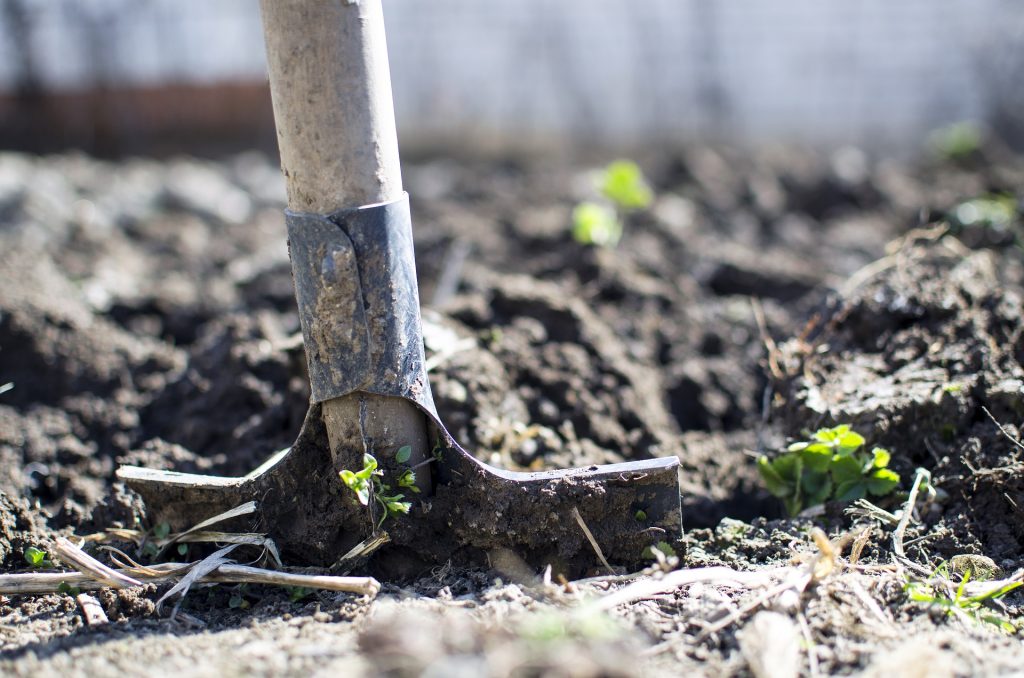Water is essential to a plant’s healthy growth. Just like pets, different plants have different needs. Younger plants need to watered differently compared to older plants. It is always advisable to look up the water requirements for specific plants. Here are some aspects to consider when providing water to your plant.
Types of soil

It is of paramount importance to identify the type of soil in your garden.
1. Sandy
Sandy soil is made up of the largest particles as compared to other types of soil. Water, therefore, tends to drain very quickly, which, as a result doesn’t bring enough nutrients to the plant’s roots. To compensate for the sieve-like structure of sandy soil, it is recommended to water the plant more frequently.
2. Clay
Clay soil is the opposite of sandy soil. Made up of the smallest soil particles, clay does not allow much water to escape. Clay soil, being compact, is hence rich in plant nutrients that are easily in touch with the plant’s roots. It recommended to water clay soil less often than sandy soil. Too much watering causes waterlogging around the roots, depriving them of oxygen and causing their decay.
Timing
Watering your plants at any time of the day will not prove useful. The middle of the day is often windy, which, as a result, increases water evaporation from the soil. Further, a windy day coupled to hot temperatures will increase the damage on your plants. It is advisable to water your plants early in the morning or late in the evening, when drafts are less likely to occur, giving your plant ample time for absorption. Certain plants are prone to fungal diseases. It is better to avoid watering them at night so that water does not get to sit on the foliage for a prolonged length of time, decreasing the chances of contamination with waterborne fungus.
Reduce water wastage
Opting for drip irrigation rather than watering by hand can effectively reduce the amount of water loss. Drip irrigation delivers the right amount of water directly to the soil, reaching the roots quicker. Further, the foliage does not get wet hence fewer chances of fungal diseases. Although investing in drip irrigation is more costly than a regular hose, it will prove advantageous on a long-term basis as it will reflect on your water bill.
If regular showers often bless your garden, a rain gauge would be ideal to measure the centimeters of rainfall. Constant monitoring of the amount of rain will enable you to water your plants only when required, hence saving on your water bill once more.
Finally, why not reuse greywater from your kitchen sink to water your plants? Greywater is safe for plants as long as it does not contain any corrosive chemicals.



